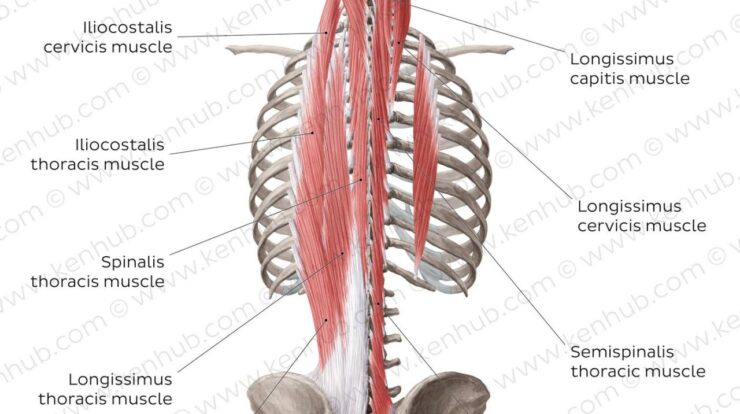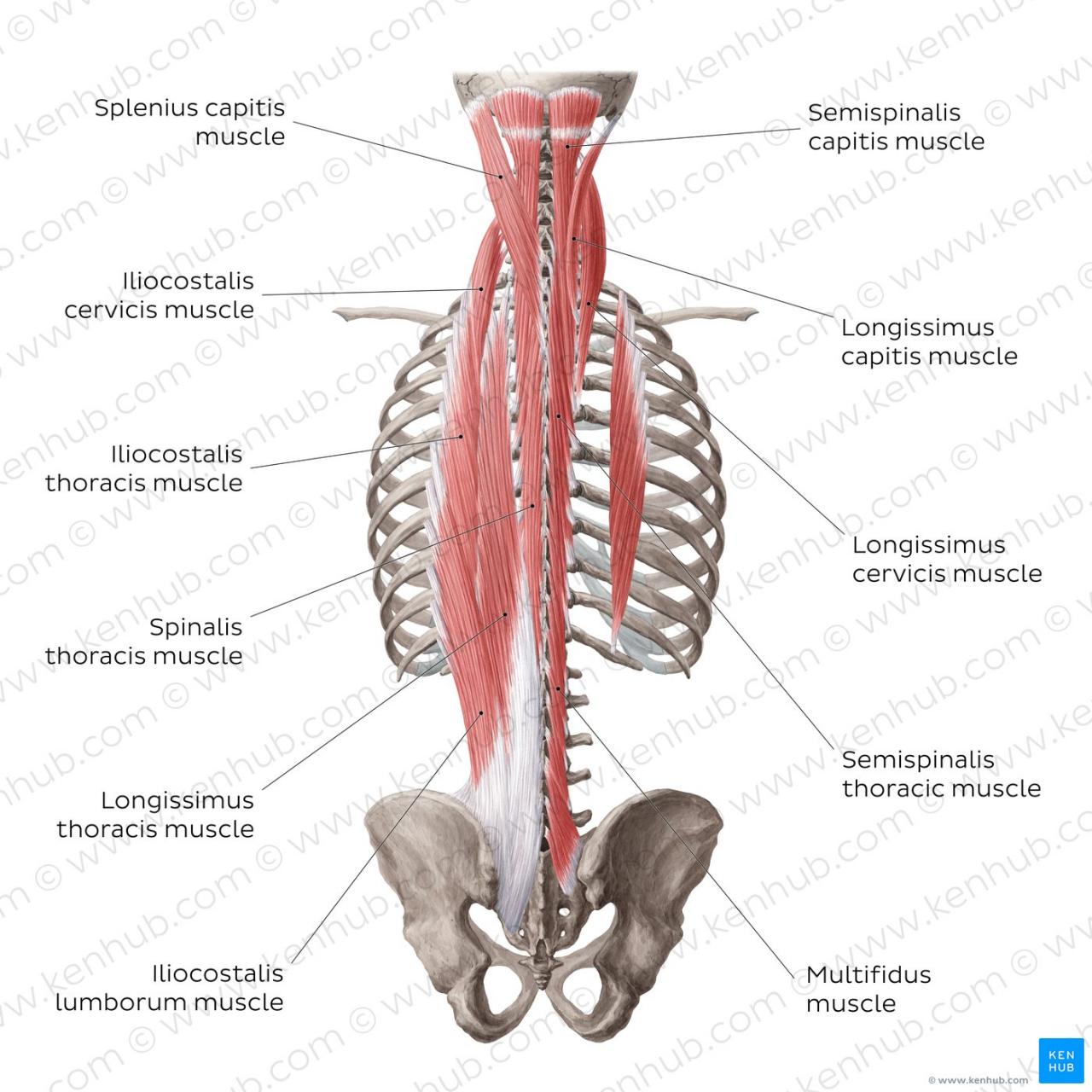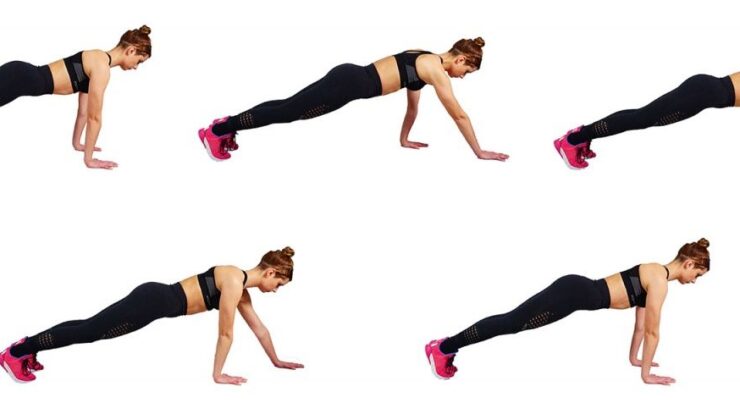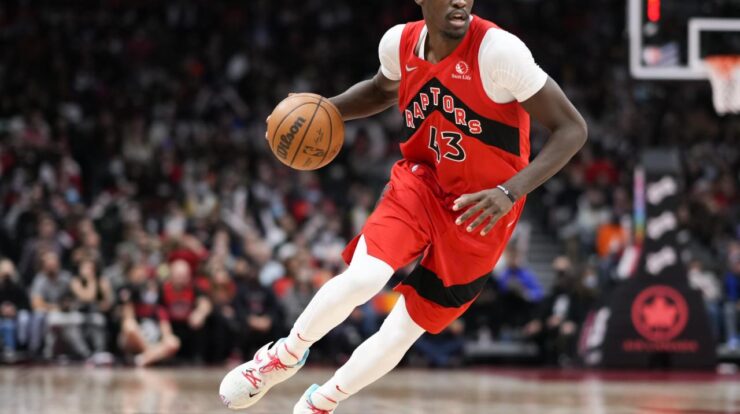
Back muscles, the unsung heroes of our physical prowess, deserve their moment in the spotlight. This comprehensive guide delves into the anatomy, function, and importance of these muscles, empowering you with knowledge for optimal back health and fitness.
From understanding the intricate network of back muscle groups to exploring effective exercises and rehabilitation techniques, this guide is your ultimate resource for back muscle mastery.
Back Muscles Overview

The back muscles, collectively known as the posterior chain, play a crucial role in maintaining posture, supporting spinal movements, and facilitating various upper and lower body activities. These muscles are primarily responsible for extending, rotating, and flexing the spine, as well as stabilizing the trunk and shoulders.
The major back muscle groups are located in layers and include the superficial, intermediate, and deep muscles. The superficial layer comprises the trapezius, latissimus dorsi, and rhomboids. The intermediate layer consists of the erector spinae, which runs along the length of the spine.
Mothers across the nation are being celebrated today on Mother’s Day. Happy Mother’s Day, Sis ! If you’re experiencing lower back pain, consider trying some exercises to relieve lower back pain . To those who have lost their mothers, we remember them with Happy Heavenly Mother’s Day . Additionally, if you’re looking to reduce lower back fat, there are exercises for lower back fat that can help.
The deep layer includes the multifidus, rotatores, and interspinales, which provide fine motor control and stability to the spine.
Back Muscle Groups

Trapezius
The trapezius is a large, triangular-shaped muscle that extends from the base of the skull to the middle of the back. It is responsible for elevating and rotating the scapula, as well as extending the neck.
Latissimus Dorsi
The latissimus dorsi is a broad, flat muscle that originates from the lower back and inserts into the humerus bone in the arm. It is primarily involved in adduction, extension, and internal rotation of the arm.
Rhomboids
The rhomboids are a group of three muscles located between the shoulder blades. They assist in retracting and elevating the scapula.
Erector Spinae, Back muscles
The erector spinae is a long, powerful muscle that runs along the length of the spine. It is responsible for extending the spine, as well as stabilizing and rotating the trunk.
Back Muscle Exercises
Strengthening the back muscles is essential for overall fitness and injury prevention. Here is a table listing various exercises that target specific back muscle groups:
| Exercise | Targeted Muscles | Description |
|---|---|---|
| Barbell Row | Latissimus dorsi, rhomboids, trapezius | Stand with your feet hip-width apart and hold a barbell with an overhand grip. Bend forward at the hips, keeping your back straight, and lower the barbell towards your chest. Pull the barbell back up to the starting position, squeezing your shoulder blades together. |
| Pull-Up | Latissimus dorsi, trapezius, biceps | Hang from a pull-up bar with your palms facing forward. Pull yourself up until your chin is above the bar. Lower yourself back down to the starting position. |
| Superman | Erector spinae, glutes, hamstrings | Lie face down on the floor with your arms and legs extended. Lift your arms and legs off the floor simultaneously, squeezing your glutes and hamstrings. Hold for a few seconds and then lower back down. |
Closure: Back Muscles

In conclusion, back muscles are the foundation of a strong, healthy, and pain-free body. By understanding their anatomy, function, and care, you can harness their power to enhance your overall well-being and unlock your fitness potential.
Query Resolution
What are the primary functions of back muscles?
Back muscles provide support, stability, and movement for the spine, shoulders, and pelvis.
Which exercise is most effective for strengthening the latissimus dorsi?
As Mother’s Day approaches, happy mothers day wishes mom are in abundance. Many mothers experience lower back pain, for which there are exercises to relieve lower back pain . For those who have lost their mothers, happy heavenly mother’s day is a time to remember them.
Some mothers struggle with lower back fat, for which there are exercises for lower back fat . Lastly, for those who have sisters who are mothers, happy mother’s day sis is a special way to show appreciation.
Pull-ups and rows are excellent exercises for targeting the latissimus dorsi.
How can I prevent back muscle injuries?
Proper exercise technique, maintaining good posture, and avoiding excessive strain can help prevent back muscle injuries.





